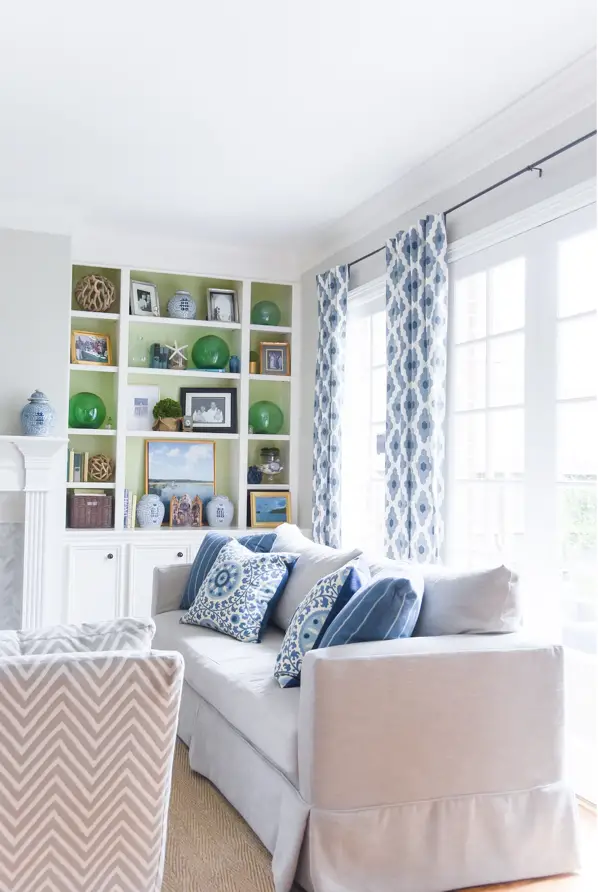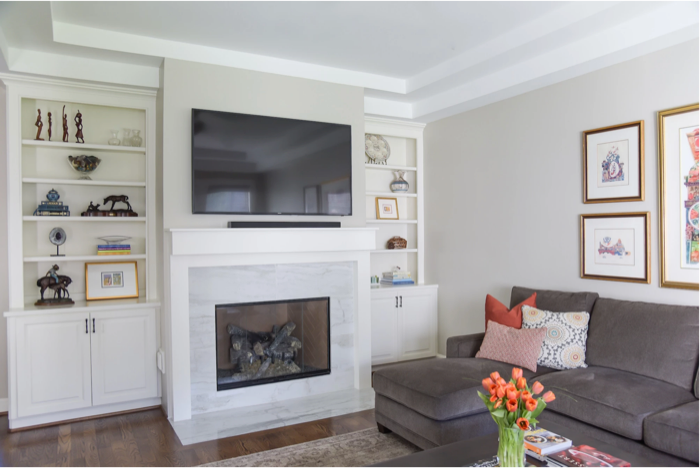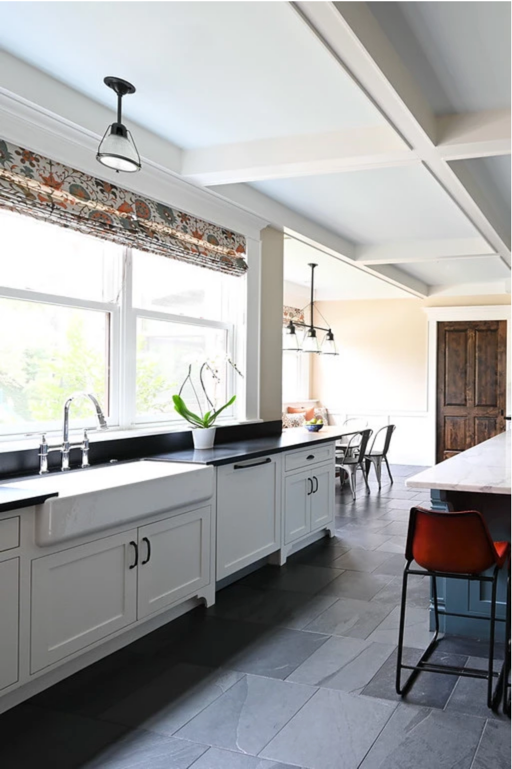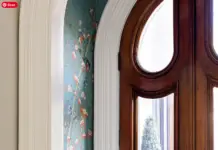For all of you out there who love a good DIY project, have you considered fixing your home insulation? Insulation adds an extra level of comfort to the home, making it easier to maintain a desirable temperature. Not only that, it can act as a sound barrier both internally and externally.
Most new homes should already be pretty well insulated. But if you’re in an older home, you might find there’s either no insulation or an extremely degraded product. The great thing is, it’s a pretty easy thing to fix up, especially if you’re already renovating.

Check what you’ve already got
Firstly, it’s important to check on the current insulation situation in your home. As we mentioned, many older homes might not have insulation at all. In this case, it’s easy to start from scratch, buy the batts you need and lay them yourself.
In some cases, however, the walls and ceiling may already have some insulation, but it’s likely to have degraded over time. If you need to remove old batts, you should take plenty of safety precautions – gloves, a mask, goggles, even a full-body cover. Batts of years gone by weren’t as user-friendly as todays, so you need to take extra care when handling them.

Budget carefully and focus on problem areas
If you’re working on a limited budget, we recommend working out which areas need insulation the most. If you’re in an older home and your ceiling has no insulation but the walls have some older batts, it’s a no brainer to prioritise the ceiling. That being said, if you’re renovating and have easy access to the wall cavities, this should be your target area. The roof cavity can always be accessed, but that’s not the case with walls. Tip: Floor Insulation grants are available under the government’s ECO scheme.Free-insulation-grants.
It just takes a little planning, and it makes sense to fix your home’s insulation when it’s most convenient. The roof is a huge source of heat loss; however, you might prioritise the walls while you’ve got access, and also because you’ll get some sound absorption benefits.
Remember that where possible, you should always try to insulate internal walls as well as the external ones. We’d recommend doing the external ones as a priority because that’s where heat can leave you whole home. But insulating your internal walls also gives you greater temperature control room to room.

Tips for each area of insulation
Finally, here’s some handy tips for each part of the home you’ll be insulating.
Ceiling: When you install new ceiling insulation, measure carefully and choose batts with an ‘R’ rating between 2.5 – 6.0
Walls: The resistance to heat loss rating should be 1.5 – 2.7. If you don’t want to tear down your plaster, consider blow-in insulation.
Floors: This is best done when building a new home or replacing floors. ‘R’ rating should be 1.7.
Whatever part of the home you’re insulating, you’ll certainly notice the difference in comfort. You’ll likely end up with cheaper power bills in future too! Thanks to Knauf Insulation for consulting!
























